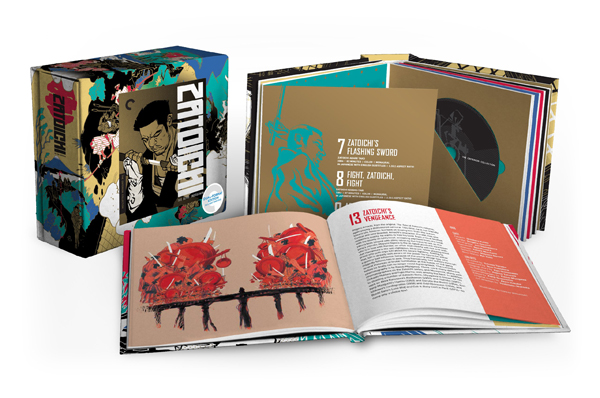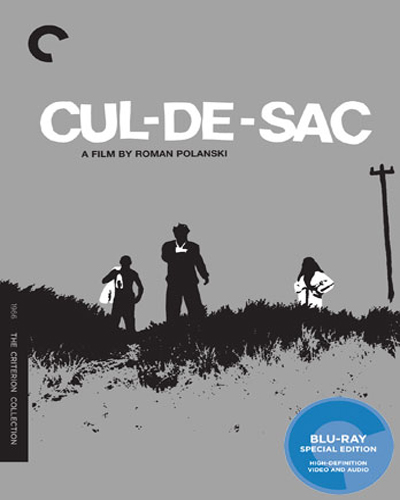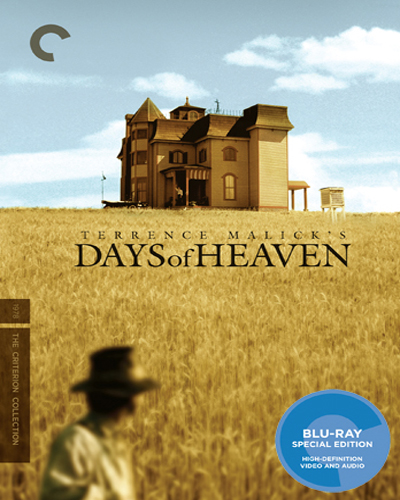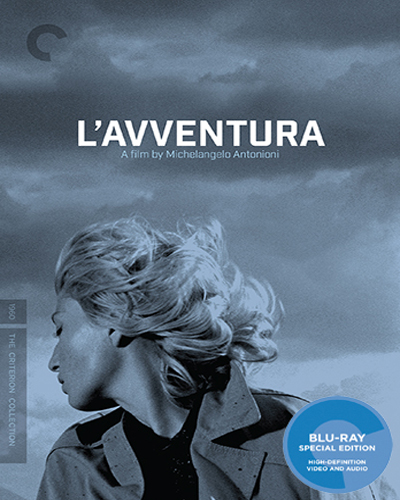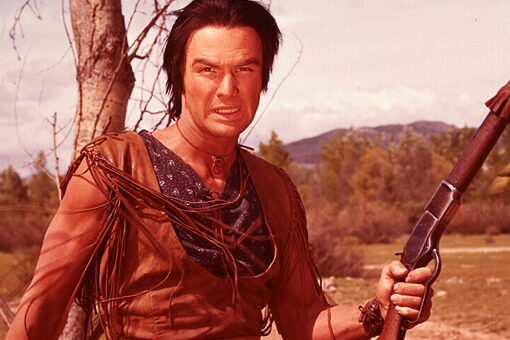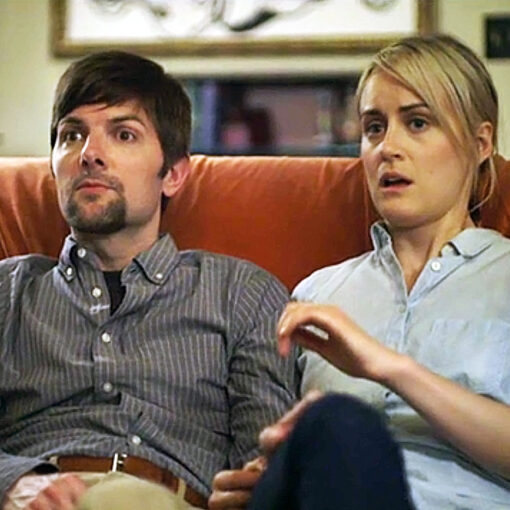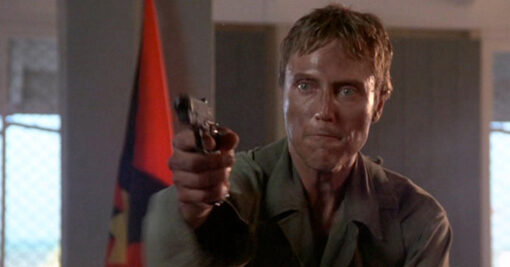If you collect movies on home video, Criterion is one of the legendary companies that have represented a deep appreciation and conservation of cinema in that format since 1984. Their first wave of releases were on Laserdisc and a decade or so later in 1998 they moved into the DVD market. Over the years they have given a gift to movie aficionados by making available hundreds of international cinema classics for their home viewing enjoyment. Criterion is well known for their attention to excellence in how they produce and promote their titles. Whenever you hear of a favorite film that’s getting the “Criterion treatment” you simply know it’s a must own for your library. Without further ado, here’s our new list of 100 Furious Criterion Classics (a 10 part series) we love and recommend to readers for purchase. You can help support this site and our greater Cine-Coalition Network by buying the DVDs/Blus directly from Amazon. We Thank You!
CRITERION PICKS: PART ONE – TWO – THREE – FOUR – FIVE – SIX – SEVEN – EIGHT – NINE – TEN
Zatoichi: The Blind Swordsman Collection
A comprehensive 27 Disc set (Blu Ray & DVD) containing the original 25 Zatoichi films. Also includes: “The Blind Swordsman”, a 1978 documentary about Zatoichi portrayer and filmmaker Shintaro Katsu, along with a new interview with its director John Nathan. New interview with Asian-film critic Tony Rayns, Trailers for all twenty-five films, New English subtitle translations. SPECIAL EXTRA: A book featuring an essay by critic Geoffrey O’Brien; synopses of the films by critic, novelist and musician Chris D.; “The Tale of Zatoichi,” the original short story by Kan Shimozawa; and twenty-five new illustrations inspired by the films by twenty-five different artists.
Cul-De-Sac (1966, Dir: Roman Polanski)
Two wounded criminals on the run, Dickie (Lionel Stander) and his pal Albie (Jack McGowran) are stranded on an island shore road after their car breaks down. While Albie sits on the verge of dying as the tide begins to rise, Dickie tries to find some help nearby. Luckily he comes across a seaside castle which is owned by a strange little Englishman named George (Donald Pleasence) and his young, beautiful French wife Teresa (Francoise Dorleac). READ OUR FULL REVIEW
Godzilla (1954, Dir: Ishiro Honda)
The original Kaiju sci-fi/horror classic about a prehistoric reptile that is awakened by nuclear tests in the Pacific and wreaks havoc on Tokyo. The storyline was inspired by the real life horrors of the atomic bombs dropped on Hiroshima and Nagasaki in World War II. Featuring an amazing score by Akira Ifukube. Starring Akira Takarada, Momoko Kōchi, Akihiko Hirata, Takashi Shimura. TRIVIA: In 1956 an American dubbed version was released with extra footage starring Raymond Burr.
Rushmore (1998, Dir: Wes Anderson)
The second feature from writer-director Anderson is also one of his best. Max Fischer (Jason Schwartzman) is a geeky private school student who excels at Rushmore Academy’s extracurricular activities but not in his education. Max is a bit wreckless and an oddball but does have a particular talent for writing really wonderful school plays that everyone loves. An imaginative, humorous, heartwarming gem with a brilliant score by Mark Mothersbaugh. Classic rock songs by bands such as The Creation, The Kinks and The Who drive the story with energy. Co-starring Bill Murray, Olivia Williams, Seymour Cassel, Brian Cox.
Days of Heaven (1978, Dir: Terrence Malick)
Set in 1916, the film tells the story of Bill (Richard Gere) a laborer who after killing a man, leaves Chicago for the Texas Panhandle with his girlfriend Abby (Brooke Adams) and her younger sister Linda (who provides Malick’s trademark narration). Upon their arrival they goto work for a wealthy grain farmer (Sam Shepherd) who is in ill health. Bill comes up with an idea which is for Abby to marry the farmer so she will inherit his land after he dies. Their ruse works for but Abby begins falling in love with the man causing Bill to respond with jealous anger. Following the production (made for $3,000,000) Malick spent three years editing which was caused by trouble with the uneven story. Although it was not a commercial success this is one of Malick’s most beautifully realized works with stunning cinematography by Haskell Wexler and Nestor Almendros. It went on to win the Best Director Award at Cannes.
Down by Law (1986, Dir: Jim Jarmusch)
Set in New Orleans, this quirky buddy comedy focuses on three inmates, a pimp named Jack (John Lurie), Zack, a radio DJ (Tom Waits) and Bob (Roberto Benigni) an Italian tourist that has killed someone. The trio get to know each other while stuck in the tiny cramped cell they share. They soon decide to plan a breakout and upon success end up in the murky bayou swamps where they try to survive the elements and each other. A minimalistic, brilliant independent film with beautiful black and white cinematography by Robby Muller. Music by John Lurie and Tom Waits.
L’Avventura (1960, Dir: Michaelangelo Antonioni)
A young woman named Anna (Lea Massari) suddenly dissapears while on a yachting excursion in the Meditteranean. As Anna’s close friend Claudia (Monica Vitti) and boyfriend Sandro (Gabrielle Ferzetti) search for her, they begin falling for each other. This movie became highly influential for its groundbreaking use of visual language. The story is presented as a mystery on the surface but has an underlying theme that deals with an emptiness in the lives of the wealthy, jaded characters who are all on the brink of dissapearing.
The Red Shoes (1948, Dir: Powell & Pressburger)
Moira Shearer stars as Vicky Page a beautiful ballet dancer who is given the lead role in a new production called The Red Shoes by the prestigious producer Boris Lermontov (Anton Walbrook). When Julian (Marius Goring) the gifted young composer of the play falls in love with Vicky, a love triangle between them and Boris causes a tragic rift. This is a movie that when watched causes a trance like effect through its heightened visual imagery and emotion. The story within a story makes it all the more affecting and haunting. One of the most cinematically exuberant films ever made with stunning color cinematography by the legendary Jack Cardiff.
The Blob (1958, Dir: Irvin S. Yeaworth Jr.)
A young Steve McQueen (credited as Steven) stars as a guy named…Steve who notices a falling meteor while on a date at Lookout Point with his gal “Janey Girl”. Inside the burning space rock lurks a pulsating purple ooze that begins attacking random people and increasing in size. Pretty soon the small American town is in a panic as Steve, Jane and their group of young friends try to find a way to help the authorities stop THE BLOB. A light hearted, corny cult classic 50s sci-fi thriller brimming with charm. Featuring a catchy title theme sung by The Five Blobs *Pop!*
Sisters (1973, Dir: Brian DePalma)
A beautiful young French-Canadian fashion model living in New York City named Danielle (Margot Kidder) falls in love with Phillip (Lisle Wilson) her co-contestant on a TV game show. What he doesn’t know is that Danielle is hiding a deep, dark secret: Dominique, her jealous psychotic siamese twin. This was DePalma’s first try at psychological horror (a genre he would become best known for). The result is a darkly funny, mindbending chiller with inventive camerawork and visual stylization. Featuring an eerie score by the legendary composer Bernard Herrmann (Psycho). Co-starring Dolph Sweet, William Finley and Jennifer Salt.


